

Magno
gamer level 6
9177 xp
9177 xp
followers
66
66
Use my invite URL to register (this will give me kudos)
https://boardgaming.com/register/?invited_by=magno
profile badges
...



recent achievements

Watcher
Follow a total of 20 other gamers.
Follow a total of 20 other gamers.

Treasure Map
Explore select games by completing a series of exploration actions. learn more »
Explore select games by completing a series of exploration actions. learn more »

Count / Countess
Gain 50 total followers
Gain 50 total followers

Advanced Reviewer
Review 13 games and receive a total of 980 positive review ratings.
Review 13 games and receive a total of 980 positive review ratings.
Player Stats
Critic (lvl 3)
1465 xp
1465 xp
Explorer (lvl 2)
624 xp
624 xp
Professor (lvl 3)
1085 xp
1085 xp
Reporter (lvl 2)
453 xp
453 xp
About Me
I prefer games that make your brain sweat. The more or tougher decision making I have to make, based on actual consequences or from battling the brain of another player, the better. I prefer thematic, gorgeous looking games and really haven't enjoyed eurostyle games.
I also tend to be tougher on games when it comes to reviews. I believe in using the whole 1-10 point scale.
I'm also an accomplished miniature painter/sculptor, which is my primary hobby. I've found a zen state during painting.
I've selected "Power gamer" but that is only half the story. I don't principally play to win, I play to make for an interesting event or challenge the game design for strange consequences. If the game itself has a flawed mechanic and other players are visibly uncomfortable or not having fun, I'll turn on the wild card mode and make decisions that throw the game out of whack for a good laugh or to increase the games suspense.





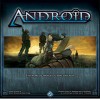
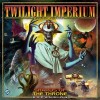






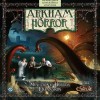
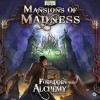
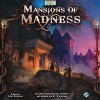

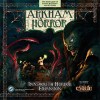







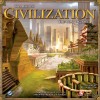




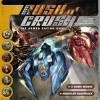
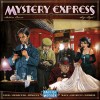



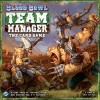



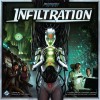











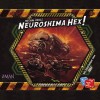



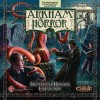





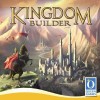














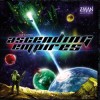








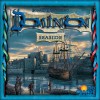





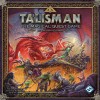

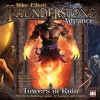



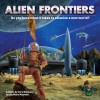

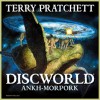










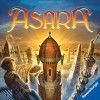
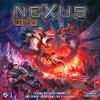



















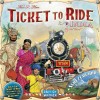


Nightfall: The Coldest War
The 3rd stand alone box of the Nightfall family delivers even more great gameplay, theme and more chaining madness to enjoy.
The Coldest War adds 24 new action card sets of new hunters, Vampires, Lycanthropes, and Ghouls from Eastern Europe and a whole new set of starter cards. Aside from the geographical area and tone of the cards, this set of cards are more focused on the combat phase. Many of the cards in-play and chain affects have something to do with the combat phase and there are even text abilities that allow you to play the card right out of your hand during the combat phase. This new tone adds a distinct new feel to the game, not just recycling abilities with new art. So fans of Nightfall will be happy to play this game stand-alone or mix the cards in to the other sets to afford much more flexible and unique deck combinations, further elevating the deck-builder to be more of construction style card game.
In fact, there are now new optional rules for a construction style format. Although this format isn’t traditional construction style, savy tinkerers will find ways within the constructs of the design to create a true construction or living card game.
In addition to the new cards and format, there are new wound cards abilities that allow you to improve your chaining abilities; “This card can be chained to and from any card.”
This allows players to set-up their chains much better and also allows some of the more difficult cards to set-up become more affective. Example; there are some action cards that have a powerful affect but their placement in the chain can nerf this. With these new chain “links”, those cards can be placed more effectively.
Probably the best addition to Nightfall are the moon phases. There are 6 cards of a new type called “Moon Phases” that act as global buff, de-buffs. Each player at the end of his turn has the ability to change the moon-phase for affects in later turns. This is fabulous new element both in a deck builder and a card game as not many card games have a communal element that players control and change during the game and this only adds to the dynamic and deep tactics of the game.
As a last tid-bit, I’ve come to really enjoy the small bits of fiction added into each of the box sets to the point that I crave more and it really adds to the gameplay as some of your drafting decisions become influenced by the fiction.
Nightfall continues to grow and grow well and this new box-set is a must have for Nightfall.